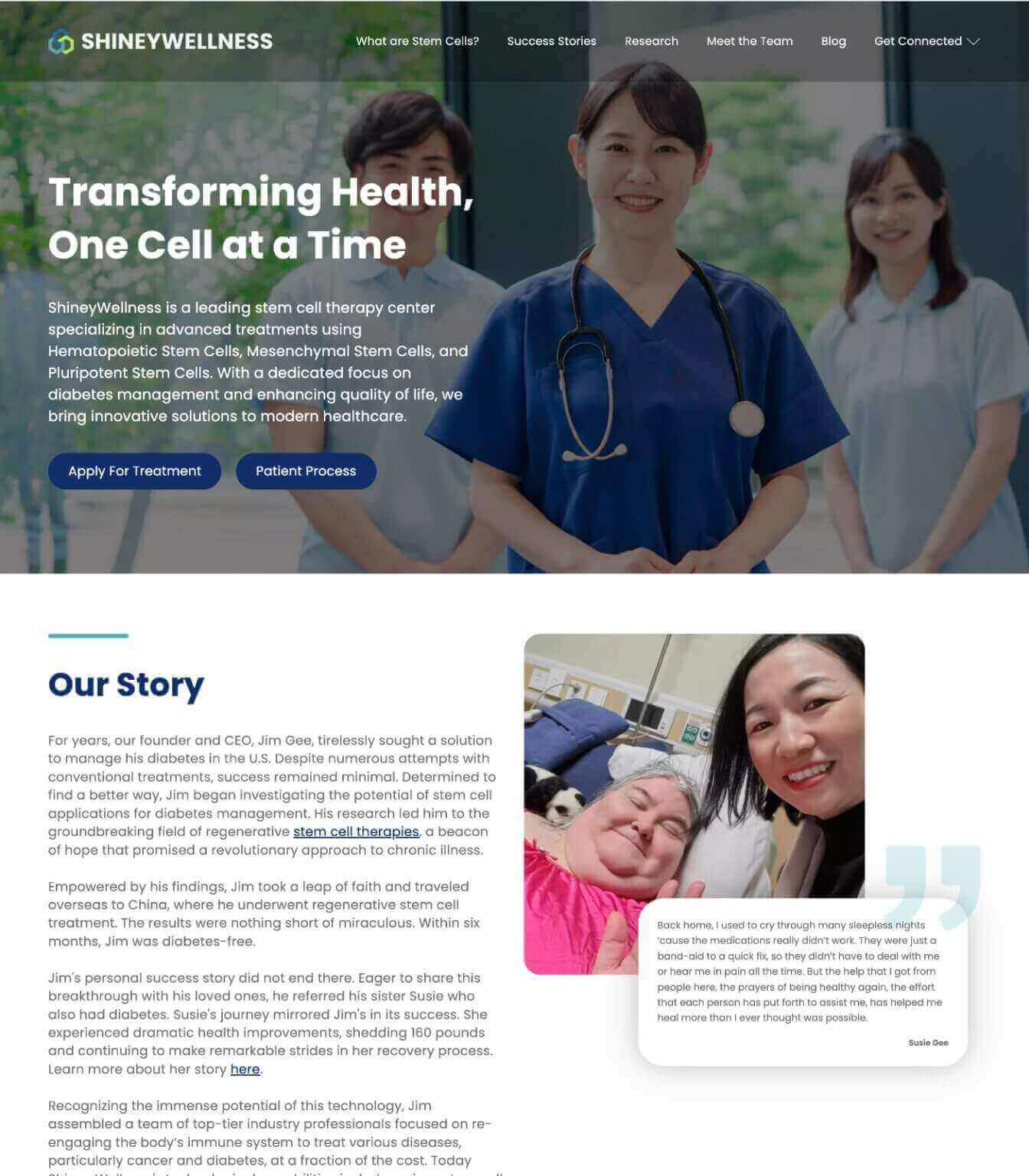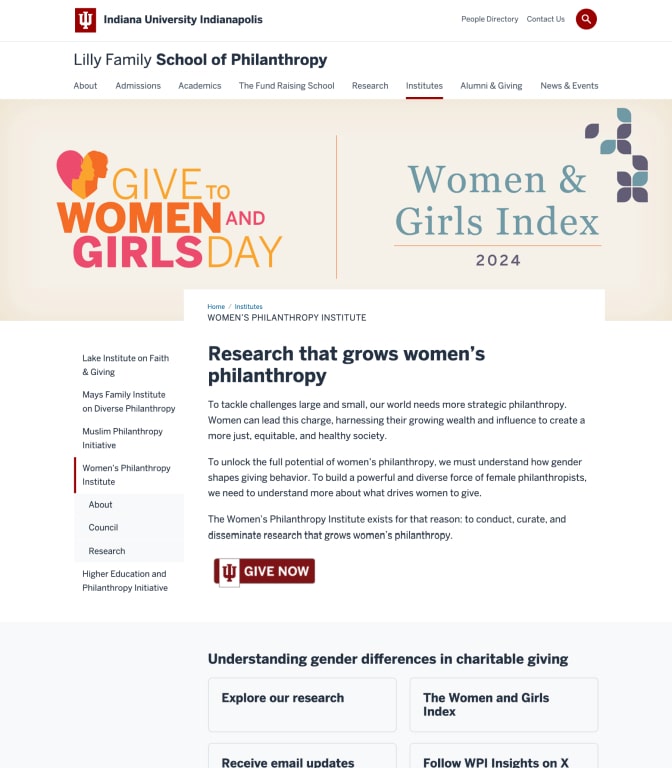Marketing isn’t just for big corporations or trendy startups — non-profits rely on smart, thoughtful marketing strategies to spread their mission, inspire action, and secure donations. Whether the goal is to raise funds, recruit volunteers, or create awareness, nonprofit marketing plan is the engine that drives meaningful impact.
What Is Nonprofit Marketing?
Nonprofit marketing refers to the strategies and efforts that help promote a non-profit organization’s cause. It involves everything from creating compelling campaigns to designing logos, taglines, social media outreach, and email campaigns — all with the goal of raising awareness and attracting supporters. Unlike commercial businesses, nonprofits market ideas, missions, and goodwill rather than products or services.
How Non-Profit Use Marketing to Achieve Their Mission
If you’re looking for non-profit marketing guide, here are some of the steps you can follow to develop a marketing plan for your organization.

1. Telling a Powerful Story
Non-profits thrive on emotional connection. Effective marketing uses storytelling to humanize causes, share real-world impact, and motivate audiences to contribute. From social issues to environmental conservation and healthcare, well-told stories can inspire donations, advocacy, and volunteerism.
2. Embracing Digital Channels
Nonprofits often operate with limited budgets, so digital marketing — especially non-profit SEO and social media — is a cost-effective way to reach new audiences. Using strong search engine optimization practices helps organizations appear in Google searches when potential donors look for causes to support.
3. Leveraging Social Media for Engagement
Social media platforms are a modern-day megaphone for nonprofits. Through platforms like Facebook, Instagram, LinkedIn, and Twitter, nonprofits can share updates, fundraising campaigns, volunteer needs, and success stories. Social media not only raises awareness but encourages community involvement and peer-to-peer promotion.
4. Point-of-Sale Campaigns
Many non-profits partner with businesses for point-of-sale campaigns — adding donation options during checkout. This simple technique allows people to give while shopping and helps raise funds for important causes.
5. Message-Focused Campaigns
Nonprofits often tie their campaigns to current events or trending issues to capture public attention. These campaigns educate the public while simultaneously calling for action, whether through donations, volunteer work, or advocacy.
6. Transactional Partnerships
Nonprofits also collaborate with corporate sponsors, where the business pledges donations based on consumer actions like purchases or social engagement. These partnerships offer mutual benefits — the nonprofit receives funds, while the company enjoys positive brand association.
7. Targeted Donor Outreach
Non-profits tailor their marketing to appeal to different demographics. For example, older donors might respond to direct mail, while younger audiences prefer mobile marketing and app-based giving. An effective marketing strategy balances both digital and traditional approaches.
Why Non-Profit SEO Is Crucial
Non-profit SEO ensures that when potential donors or volunteers search for causes online, your organization is visible. Optimizing your website for the right keywords, improving site speed, and creating relevant content not only helps you rank higher in search engines but also builds long-term credibility. This is especially important for small and mid-sized nonprofits aiming to grow their supporter base organically.
Conclusion
Marketing is the lifeline of a non-profit’s growth and success. From storytelling and social media to non-profit SEO and donor-focused campaigns, the right strategy connects organizations to their ideal supporters and fuels real change.
If you want to amplify your nonprofit’s mission, Rank Today is the best charity marketing agency to guide your journey. Their tailored strategies and expert team help nonprofits thrive in the digital world while maximizing donor engagement and social impact.




















